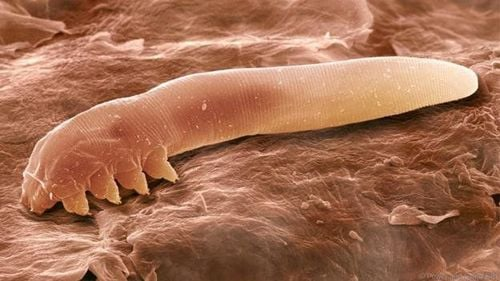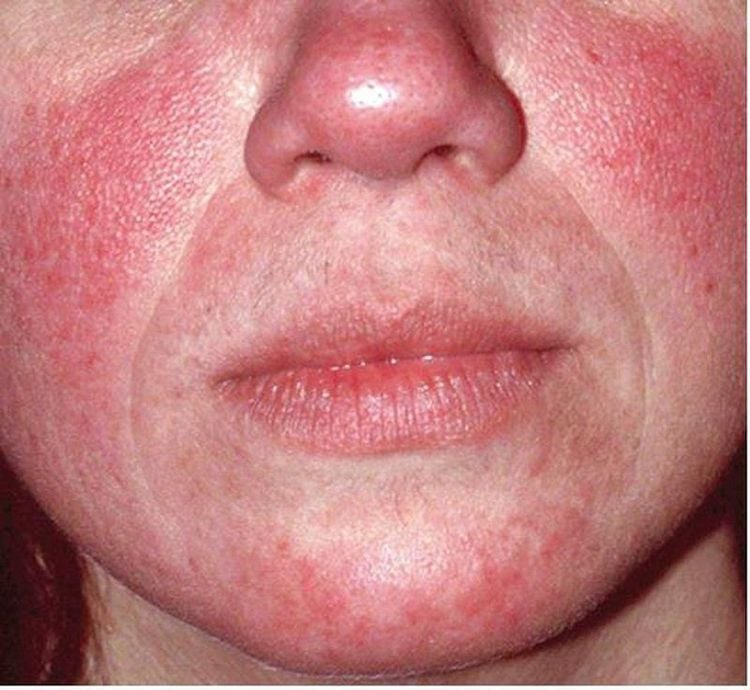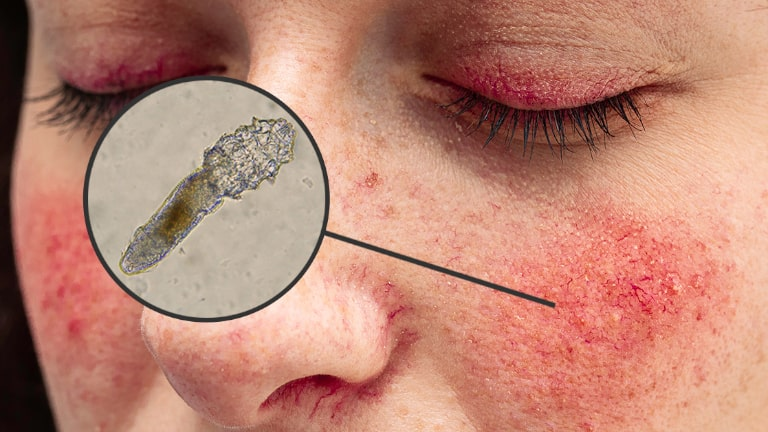Demodex dermatitis, a condition caused by Demodex arthropods parasitizing human and animal sebaceous follicles, is a widespread yet often misunderstood skin condition. In healthy individuals, Demodex can reside harmlessly on skin scales and within hair follicles. However, when conditions favor their overgrowth, they can lead to inflammation, irritation, and other dermatological issues. This article explores the causes, symptoms, and treatments for Demodex dermatitis.
What Are Demodex Arthropods?

Demodex mites are tiny arthropods that inhabit the sebaceous glands and hair follicles of humans and animals. These microscopic creatures are invisible to the naked eye, requiring an optical microscope for observation. Two primary types of Demodex mites are responsible for causing skin conditions in humans:
- Demodex folliculorum: Grows up to 440 micrometers and primarily resides in hair follicles.
- Demodex brevis: Smaller, measuring up to 240 micrometers, and found in sebaceous glands.
These mites have a distinct anatomy, including a head, body, tail, and four pairs of legs near the head. Their lifecycle spans 14 to 24 days, progressing through five stages: egg, larva, pre-pupa, pupa, and adult. Following mating, they burrow into the skin to lay eggs, excrete waste, and eventually die. Their decomposition can trigger immune responses, leading to conditions such as red spots, papules, and pustules.
How Does Demodex Dermatitis Develop?
Demodex dermatitis can spread through direct contact or indirectly via contaminated items like towels or bedding. The mites thrive under certain conditions, such as weakened immune systems, excessive use of certain cosmetics, or oily skin environments. Here’s an overview of their developmental lifecycle:
- Eggs: Deposited within hair follicles or sebaceous glands.
- Larvae: Hatch with three pairs of legs and undergo two molts over seven days.
- Adults: Mature into fully developed mites with four pairs of legs, ready to mate and perpetuate the cycle.
Common Types of Demodex Dermatitis
Demodex dermatitis manifests in varying forms, depending on the extent of mite infestation and the individual’s skin condition. Below are the three most common types:
- Pelvic Folliculitis: The mildest form, presenting as red, scaly patches with a sensation of ants crawling on the skin.
- Acne-like Dermatitis: Characterized by red papules and pustules, often mistaken for acne.
- Granulomatous Rosacea: A rarer and more severe condition, typically affecting individuals with weakened immune systems.
In many cases, prolonged use of corticosteroid-containing cosmetics can exacerbate symptoms, leading to severe acne-like eruptions, skin atrophy, and telangiectasia.
Symptoms of Demodex Dermatitis

Recognizing the symptoms of Demodex dermatitis is crucial for timely intervention. Common signs include:
- Red Patches and Papules: Persistent redness, often accompanied by pustules and bumps.
- Dilated Blood Vessels: Prominent capillaries, particularly around the nose and cheeks.
- Widened Pores: Enlarged pores on the forehead, chin, and cheeks, often leading to rough skin texture.
- Itching and Burning Sensation: Particularly pronounced in the evening or night, when mites are most active.
- Hair and Eyebrow Loss: Infestations near hair follicles can result in hair thinning and loss.
- Crawling Sensation: Many patients report feeling as though ants are crawling on their face or scalp.
In severe cases, the condition may mimic acne or other dermatological disorders, leading to misdiagnosis. Adolescents, for instance, often confuse Demodex dermatitis with juvenile acne.
Treatment for Demodex Dermatitis
Principles of Treatment
The cornerstone of treatment is eliminating the mites and preventing reinfection. Early intervention is essential to curb the highly contagious nature of the condition. Even asymptomatic carriers can transmit mites, emphasizing the importance of prompt action.
Lifestyle Adjustments
- Daily Cleansing: Use gentle, non-oily cleansers to reduce sebum, which provides an ideal environment for mites.
- Avoid Greasy Products: Steer clear of heavy cosmetics and oil-based products during treatment.
- Exfoliation: Regularly exfoliate to remove dead skin cells and debris, minimizing mite habitats.
- Personal Hygiene: Use separate towels and bedding, and wash them frequently to prevent recontamination.
Medications
Medications play a vital role in addressing Demodex dermatitis. Always follow a dermatologist’s recommendations, which may include:
- Topical Treatments: Creams containing permethrin, metronidazole, or sulfur effectively reduce mite populations.
- Oral Medications: In severe cases, oral antibiotics or ivermectin may be prescribed.
- Anti-inflammatory Agents: To alleviate symptoms like redness and swelling, corticosteroids or other anti-inflammatory drugs may be used sparingly.
Preventing Demodex Dermatitis Recurrence

Once treated, maintaining healthy skin is critical to preventing recurrence. Here are some preventive tips:
- Balanced Skincare Routine: Stick to a simple, non-comedogenic regimen to avoid overburdening your skin.
- Boost Immunity: A healthy immune system can naturally control Demodex populations. Regular exercise, a balanced diet, and stress management can help.
- Avoid Overuse of Cosmetics: Prolonged use of heavy makeup can create an environment conducive to mite growth.
Conclusion
Demodex dermatitis, caused by the overgrowth of Demodex mites, can range from mild irritation to severe skin conditions. Understanding its causes, symptoms, and treatments is the first step to managing and preventing this condition. By maintaining good skincare habits and seeking timely medical intervention, you can effectively combat Demodex dermatitis and restore your skin’s health. If you suspect you have this condition, don’t hesitate to consult a dermatologist for a tailored treatment plan.


